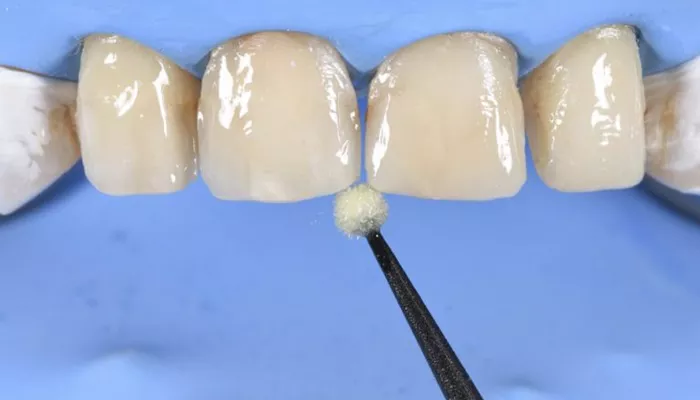Periodontal disease is a serious condition that can lead to the loss of teeth if left untreated. One of the most common symptoms of advanced periodontal disease is loose teeth. If you are experiencing loose teeth due to periodontal disease, it is essential to seek professional dental care to prevent further damage and potential tooth loss. In this article, we will discuss the various methods used by dentists to repair loose teeth caused by periodontal disease.
What Is Periodontal Disease?
Periodontal disease is an infection of the gums and the supporting structures of the teeth. It is caused by a buildup of plaque, a sticky film of bacteria that forms on the teeth. If plaque is not removed through regular brushing and flossing, it can harden into tartar, which can only be removed by a professional dental cleaning.
As periodontal disease progresses, the gums can become inflamed and start to pull away from the teeth, creating pockets where more plaque and tartar can accumulate. This can lead to the destruction of the bone and connective tissue that hold the teeth in place, causing them to become loose.
SEE ALSO: How to Know If You Have Periodontal Disease
Diagnosing Loose Teeth Due to Periodontal Disease
If you suspect that you have loose teeth due to periodontal disease, it is important to schedule an appointment with your dentist. During the appointment, your dentist will perform a thorough examination of your teeth and gums, including measuring the depth of the pockets around your teeth using a periodontal probe.
Your dentist may also take X-rays to assess the extent of bone loss and to determine the best course of treatment. Based on the findings, your dentist will develop a treatment plan to address your specific needs.
How To Fix Loose Teeth From Periodontal Disease
1. Non-Surgical Treatment Options
In the early stages of periodontal disease, non-surgical treatment options may be sufficient to repair loose teeth and prevent further damage. These treatments include:
Professional Dental Cleaning
A professional dental cleaning, also known as scaling and root planing, involves the removal of plaque and tartar from above and below the gumline. This procedure helps to reduce inflammation and promote healing of the gums.
Antibiotic Therapy
In some cases, your dentist may prescribe antibiotics to help control the infection and reduce inflammation. Antibiotics may be used in conjunction with other treatments, such as scaling and root planing.
Splinting
Splinting involves the use of a small metal or plastic device to stabilize loose teeth and prevent further movement. The splint is bonded to the back of the teeth, holding them in place until the supporting structures have had a chance to heal.
2. Surgical Treatment Options
If non-surgical treatments are not effective in repairing loose teeth due to periodontal disease, your dentist may recommend surgical treatment options. These treatments include:
Flap Surgery
Flap surgery, also known as pocket reduction surgery, involves making small incisions in the gums to expose the roots of the teeth and the supporting bone. The dentist then removes the tartar and smooths the surfaces of the roots to make it harder for plaque to accumulate. The gums are then sutured back into place, reducing the depth of the pockets and making it easier to keep the area clean.
Bone Grafting
In some cases, the supporting bone around the teeth may have been destroyed by periodontal disease. Bone grafting involves the use of small pieces of bone or bone-like material to fill in the defects and promote the growth of new bone.
This can help to stabilize loose teeth and prevent further bone loss.
Soft Tissue Grafts
If the gums have receded due to periodontal disease, your dentist may recommend a soft tissue graft. This procedure involves taking a small piece of tissue from the roof of your mouth or from another source and attaching it to the area where the gums have receded. This can help to cover exposed roots and prevent further recession.
Maintaining Healthy Teeth And Gums
After treatment for loose teeth due to periodontal disease, it is essential to maintain good oral hygiene habits to prevent the condition from recurring. This includes:
Brushing your teeth twice a day with a soft-bristled toothbrush and fluoride toothpaste
Flossing once a day to remove plaque and food particles from between the teeth
Using an antiseptic mouthwash to help control bacteria and reduce inflammation
Scheduling regular dental check-ups and cleanings to monitor your progress and catch any problems early
Conclution
In conclusion, loose teeth due to periodontal disease can be repaired through a combination of non-surgical and surgical treatments. It is important to seek professional dental care as soon as possible to prevent further damage and potential tooth loss. By maintaining good oral hygiene habits and scheduling regular dental check-ups, you can help to keep your teeth and gums healthy for life.

